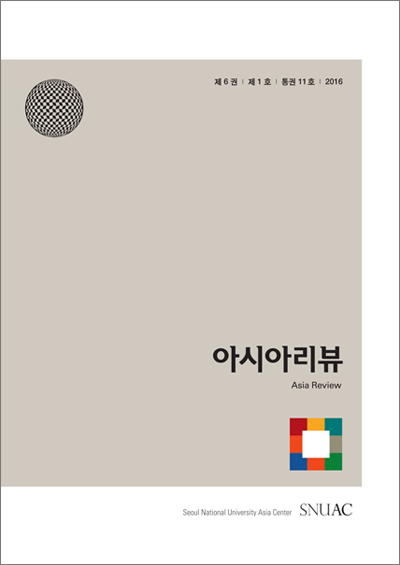In what ways are varieties of capitalism possible in the age of globalization? Literature is burgeoning on the interplays of local histories, institutions, states, and cultures in forging divergent capitalist trajectories and practices (e.g., Fligstein, 2001; Guillen, 2001; Dore, 2000; Hall and Soskice, 2003; Amable, 2003; Campbell, 2004). Based on a comparative analysis of the market formation of a capitalist enterprise in three Chinese societies (mainland China, Taiwan, and Hong Kong), the objective of this article is to explore how local culture, mediated by state policies, shapes the trajectory and features of a market. This paper is intended to contribute to one particular aspect of the debates over globalization and varieties of capitalism, namely, the role of local culture and the state.
Facing saturating markets at home, Euro-American commercial life insurance firms has intensified their global expansion since the 1980s. Nonetheless, as life insurance is a peculiar commodity that puts a price on human lives, this modern enterprise has always faced cultural resistance whenever it is introduced to a new population (Zelizer, 1979; Post, 1976). Commercial life insurance was brought to the Chinese population as early as the mid-19th century during the British imperialist expansion in China. However, this peculiar commodity remained unpopular on Chinese soils until the 1980s, when the life insurance industry began to take off in Hong Kong and Taiwan. In mainland China, it was not until the second half of the 1990s did a life insurance market begin to emerge. Intriguingly, the markets in mainland China and Taiwan share the same characteristics and follow the same trajectory that it first emerged as a money management market. On the other hand, the market in Hong Kong follows a different path as it first emerged as a risk management market. Furthermore, despite Hong Kong’s stronger economy, the life insurance business in this territory was less impressive compared to that in Taiwan throughout the thirty years’ development from the 1980s to the 2000s. For instance, life insurance premiums as a percent of GDP in Hong Kong in 1991 were only 0.98 percent, but they reached 3.3 percent in Taiwan. In other words, the penetration of life insurance as a percent of Taiwan’s GDP was more than three times that of Hong Kong’s. In 2006, life insurance premiums as a percent of Hong Kong’s GDP climbed to 7.8 percent, but were still far behind the 13 percent in Taiwan. In this article, I compare the development of the life insurance markets in three Chinese societies, examining why they display a pattern of similarities and differences and why the Hong Kong market is smaller than the Taiwan market even though they emerged around the same time.

